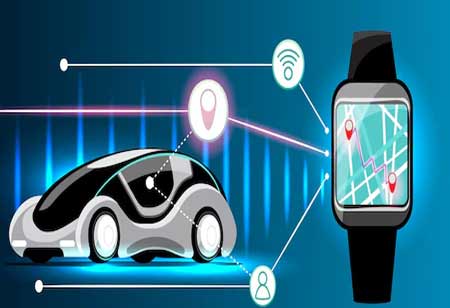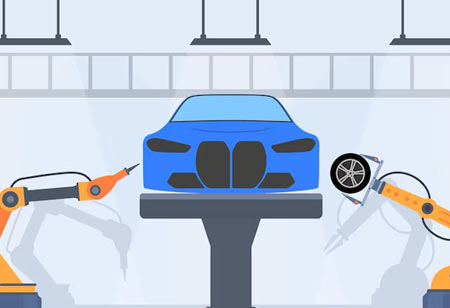THANK YOU FOR SUBSCRIBING
THANK YOU FOR SUBSCRIBING
Be first to read the latest tech news, Industry Leader's Insights, and CIO interviews of medium and large enterprises exclusively from Auto Tech Outlook

By
Auto Tech Outlook | Wednesday, September 10, 2025
Stay ahead of the industry with exclusive feature stories on the top companies, expert insights and the latest news delivered straight to your inbox. Subscribe today.
Fremont, CA: Technology is a fundamental component at every stage of the customer journey, contributing to operational efficiency and wealth maximization. For automotive dealerships, the pertinent question is not whether to adopt digital tools, but rather how to evaluate and implement technology solutions that align with specific business objectives.
Innovations influence all phases of the sales and service processes, encompassing lead generation, online financing, inventory management, and after-sales support. The selection of an appropriate platform can significantly impact future growth and foster customer loyalty.
Defining Dealership Goals and Expectations from the Customer
The first step is defining the approach to evaluating technology from the dealership's point of view, internal goals, and external customer expectations. Today, dealerships are selling much more than a car; they must be able to define by convenience, transparency, and speed the buyer's world, which is increasingly knowledgeable and digitally experienced, often going to the showroom with a great deal of research done on the Internet.
Any technology solution contemplated should accommodate that connection between the online and offline touchpoints. Whether digital retailing platforms, real-time communication tools, or automated customer follow-ups, the right solution must meet the full spectrum of customer interaction while aligning with the dealership's brand experience and sales objectives.
System Integration and Data Connectivity
Generally, the most frequent pitfalls seen during the implementation of dealership technology are disparate, non-communicating systems. Duplicate tasks usually occur, and this accounts for a siloed data environment and inconsistent reporting. With well-evaluated solutions, the existing dealership operations, such as customer relationship management, inventory management, finance and insurance, and service scheduling, will be integrated.
That way, customer data flow becomes a consistent element throughout the system and provides personalized customer service, resulting in better decision-making about customer-related concerns. In addition, from centralized data access, faster responses address customer inquiries, inventory management, and overhead reduction; ultimately, that will lead to a more agile and responsive dealership environment.
Measure Long-Term Value and Scalability
While the long-term value of scalability must be considered equally as a cost determinant and functionality justifying worth investment now, upfront costs and immediate functionality determine purchase decisions. The solution should have the capacity to be changed over time in accordance with new trends emerging in the market, customers' use innovations for transacting, and future scale growth of the dealership.
Scalability becomes especially important when developing digital distribution channels for the dealership or entering new markets. Also critical are the support and training the technology provider provides for a smooth solution onboarding and continuous optimization over time. Those solutions that are flexible, subject to regular updates, and provide responsive support are likely to yield much larger benefits and keep the costs of transition very low when costly transitions become unavoidable in the future.
 Copyright © 2025 AutoTech Outlook. All Rights Reserved | Privacy Policy | Subscribe | Sitemap | About us | Feedback Policy | Editorial Policy
Copyright © 2025 AutoTech Outlook. All Rights Reserved | Privacy Policy | Subscribe | Sitemap | About us | Feedback Policy | Editorial Policy 



